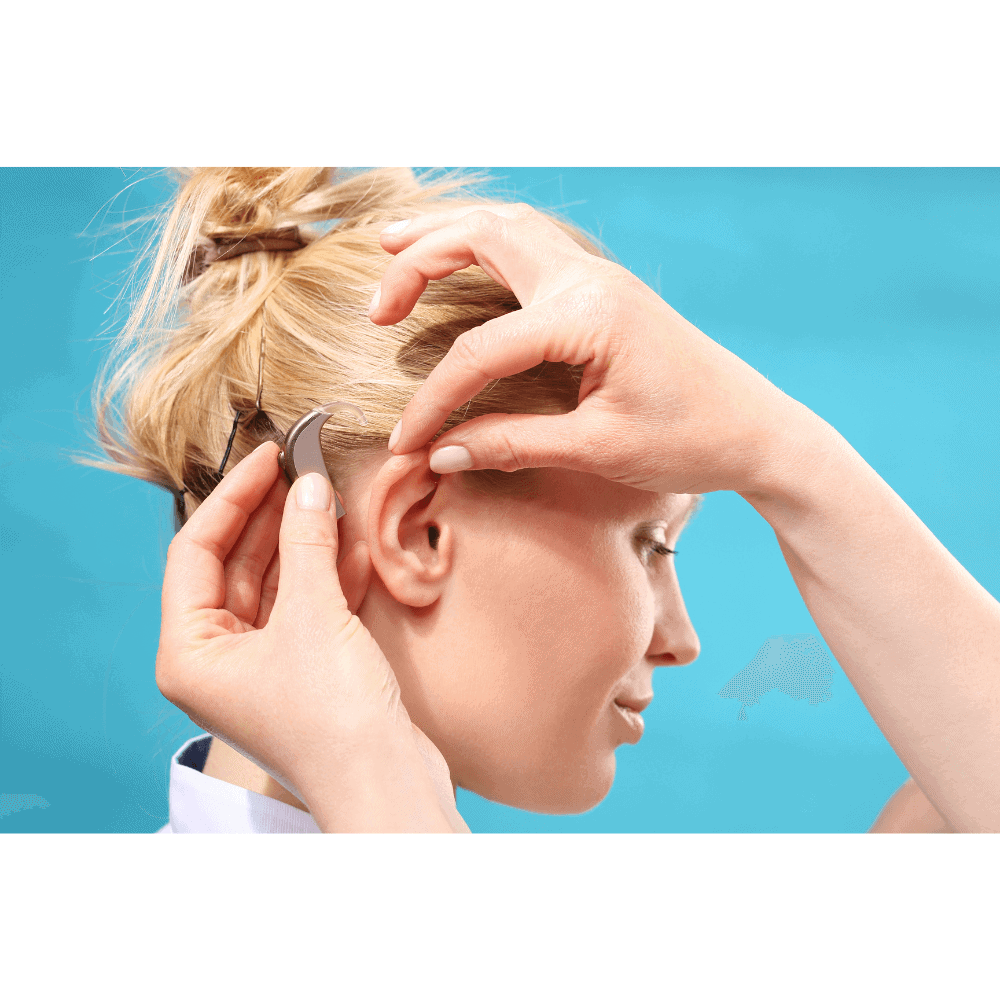
Hearing loss is a prevalent and often overlooked health concern that can significantly impact an individual’s quality of life. As a hearing professional, my aim is to provide valuable insights into the basics of hearing loss, incorporating the latest advancements in prevention, diagnosis, and management. By delving into recent research and potential futuristic interventions, we hope to shed light on this critical aspect of healthcare and underscore the importance of early detection.
Understanding Hearing Loss:
Hearing loss is a complex condition that can result from various factors, including genetics, aging, noise exposure, infections, and certain medications. It can manifest as a gradual decline or a sudden impairment in one’s ability to perceive sounds. To better understand the impact of hearing loss, it’s crucial to recognize its two primary types: sensorineural and conductive.
Sensorineural hearing loss involves damage to the inner ear or the auditory nerve, often stemming from age-related changes or prolonged exposure to loud noises. On the other hand, conductive hearing loss occurs when sound waves cannot reach the inner ear due to issues with the outer or middle ear, such as earwax blockage or structural abnormalities.
Early Detection and Intervention:
Early detection of hearing loss is paramount for effective intervention. Regular hearing screenings, especially for those at risk, can aid in identifying issues before they become more pronounced. As a hearing professional, I emphasize the importance of proactive measures, encouraging individuals to prioritize their auditory health alongside routine check-ups.
Advancements in Prevention:
Preventing hearing loss is as crucial as managing it. Recent research has highlighted the role of lifestyle factors in preserving auditory health. Implementing protective measures, such as using earplugs in noisy environments and limiting exposure to loud sounds, can significantly reduce the risk of hearing impairment. Additionally, staying physically active and maintaining cardiovascular health has been linked to a lower risk of hearing loss.
Diagnostic Innovations:
The landscape of hearing loss diagnosis has evolved with technological advancements. Audiologists now utilize cutting-edge tools like otoacoustic emissions (OAE) and auditory brainstem response (ABR) testing for more accurate assessments. OAE measures the sounds produced by the inner ear, while ABR evaluates the brain’s response to auditory stimuli. These tools enable a more precise diagnosis and help tailor personalized treatment plans.
Management Strategies:
Addressing hearing loss requires a multifaceted approach that may include hearing aids, cochlear implants, or assistive listening devices. The latest generation of hearing aids incorporates artificial intelligence and machine learning algorithms, adapting to the user’s preferences and adjusting settings in real-time. Cochlear implants, designed for severe cases of sensorineural hearing loss, directly stimulate the auditory nerve, bypassing damaged hair cells.
Futuristic Interventions:
Looking ahead, researchers are exploring innovative interventions, such as gene therapy, to address the root causes of hearing loss. By targeting specific genes associated with auditory function, gene therapy holds the promise of restoring or preventing hearing loss at a molecular level. While still in the experimental stages, these advancements offer hope for future breakthroughs in hearing restoration.
Compassionate Care:
As a hearing professional, my commitment extends beyond technical interventions to compassionate care. Understanding the emotional impact of hearing loss is integral to providing holistic support. Open communication, counseling, and community resources play a pivotal role in helping individuals navigate the challenges associated with hearing impairment.
In the realm of hearing health, staying informed about the basics of hearing loss and the latest advancements in prevention, diagnosis, and management is crucial. By emphasizing early detection and embracing innovative interventions, we can empower individuals to take control of their auditory well-being. As we look towards the future, the collaboration between professionals, researchers, and individuals themselves will undoubtedly contribute to a world where hearing loss is not only understood but effectively addressed with compassion and cutting-edge solutions.
